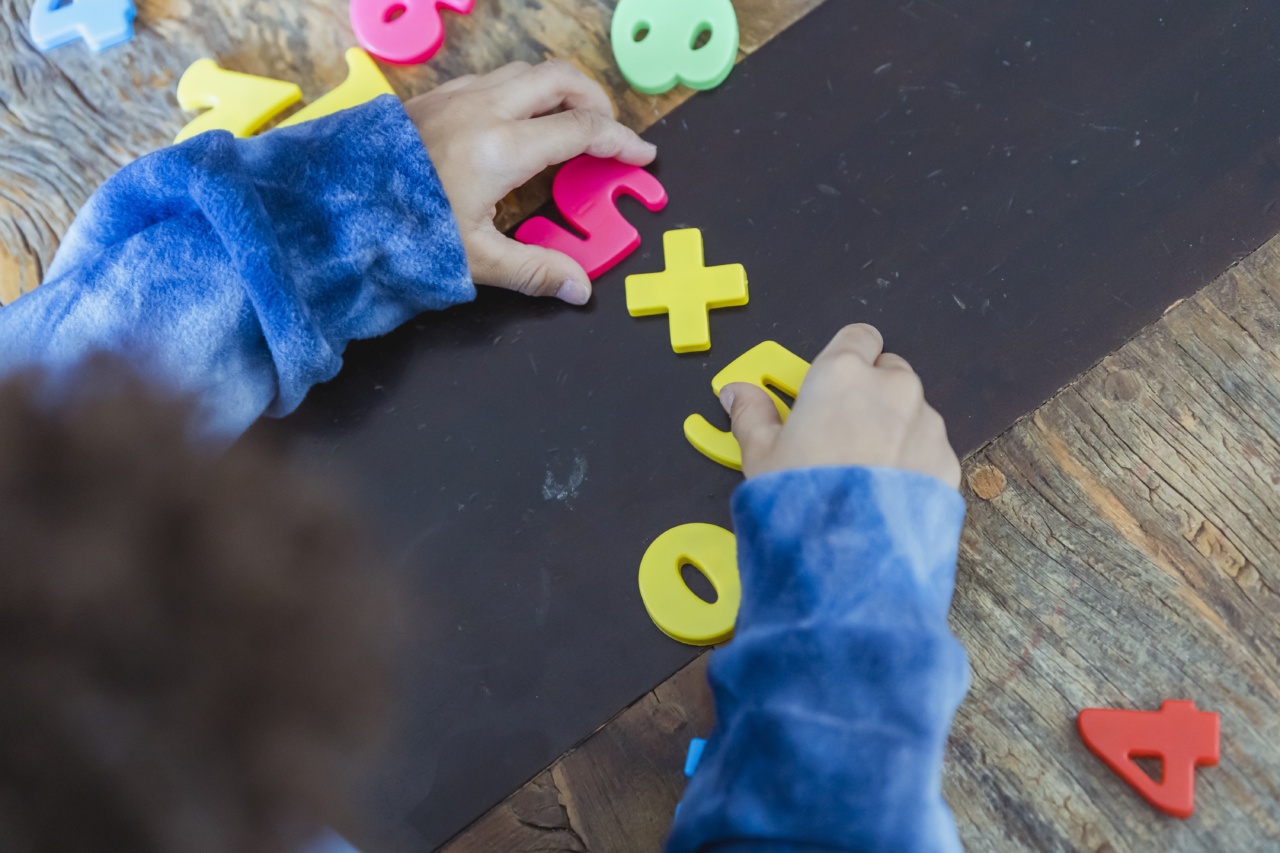Math anxiety is a common phenomenon experienced by many students, causing them to feel stressed, anxious, and overwhelmed when faced with mathematical problems or tasks.
This fear of math can hinder a student’s ability to learn and perform well in the subject. However, there are practical techniques that can be implemented to help reduce math anxiety and improve mathematical confidence. In this article, we will explore some of these techniques and provide useful tips for overcoming math anxiety.
Understanding Math Anxiety
Math anxiety is a psychological condition that can affect individuals of all ages and backgrounds. It is often characterized by feelings of tension, fear, and apprehension when dealing with math-related tasks.
In severe cases, math anxiety can even lead to physical symptoms such as increased heart rate, sweating, and difficulty concentrating. Identifying and understanding the root causes of math anxiety is crucial in developing effective strategies to overcome it.
1. Identify Negative Thoughts
One of the first steps in reducing math anxiety is to recognize the negative thoughts and beliefs that contribute to it. These negative thoughts often include self-doubt, fear of failure, and feelings of incompetence.
By consciously identifying and challenging these thoughts, individuals can begin to reframe their mindset towards math.
2. Embrace Mistakes and Failure
Mistakes and failures are an integral part of the learning process, especially in math. Encouraging a growth mindset that views mistakes as opportunities for growth and learning can significantly reduce math anxiety.
Emphasize the importance of trial and error, and highlight the fact that everyone makes mistakes – even mathematicians. This perspective shift will help students approach math problems with confidence and resilience.
3. Break Down Problems
Math problems can often seem overwhelming when viewed as a whole. Breaking down complex problems into smaller, more manageable steps can make them easier to tackle.
Teach students problem-solving strategies such as identifying key information, creating a plan, and checking their work. Breaking down problems into bite-sized pieces helps build confidence and reduces anxiety.
4. Build a Strong Foundation
Math anxiety can sometimes arise from a lack of understanding of fundamental concepts. Ensuring a strong foundation in basic mathematical principles can alleviate anxiety and provide students with a solid framework for more advanced topics.
Encourage regular practice of foundational skills and provide opportunities for individualized support when needed.
5. Create a Positive Learning Environment
The classroom environment plays a significant role in shaping students’ attitudes towards math. Create a supportive and encouraging atmosphere where mistakes are seen as learning opportunities and students feel safe to ask questions.
Incorporate engaging and interactive activities into math lessons to make the subject more enjoyable and relatable.
6. Utilize Visual Aids and Manipulatives
Visual aids and manipulatives can be powerful tools in reducing math anxiety. Using physical objects, such as blocks, counters, or fraction bars, can help students visualize abstract concepts and make them more concrete.
Incorporate graphs, charts, and diagrams to represent data and relationships. These visual representations can enhance understanding and reduce anxiety.
7. Practice Regularly
Consistent and regular practice is essential in building mathematical proficiency and reducing anxiety. Encourage students to practice math outside of the classroom environment, whether through online resources, math games, or real-life applications.
Regular practice not only reinforces skills but also boosts confidence and reduces anxiety when faced with mathematical tasks.
8. Seek Support and Guidance
Math anxiety should not be tackled alone. Seeking support and guidance from teachers, classmates, or tutors can be tremendously helpful in overcoming anxiety.
Teachers can provide additional explanations, clarify misconceptions, and offer personalized support. Collaborating with classmates in study groups can also alleviate anxiety by sharing struggles and learning from one another.
9. Celebrate Successes
Recognizing and celebrating accomplishments, no matter how small, can boost confidence and motivation. Encourage students to reflect on their progress and acknowledge their achievements.
By focusing on their growth and improvement, individuals can counteract the negative feelings associated with math anxiety.
10. Manage Test Anxiety
Test anxiety often intensifies math anxiety. Implementing strategies to manage test anxiety can help alleviate overall math-related stress.
Encourage students to practice relaxation techniques, such as deep breathing and positive visualization, before and during exams. Teach effective time management skills and provide opportunities for students to become familiar with the test format and practice similar types of questions.
Conclusion
Reducing math anxiety is a gradual process that requires consistent effort and patience.
By implementing practical techniques such as identifying negative thoughts, embracing mistakes, breaking down problems, building a strong foundation, creating a positive learning environment, utilizing visual aids, practicing regularly, seeking support, celebrating successes, and managing test anxiety, individuals can take significant steps towards overcoming math anxiety and developing mathematical confidence.






























